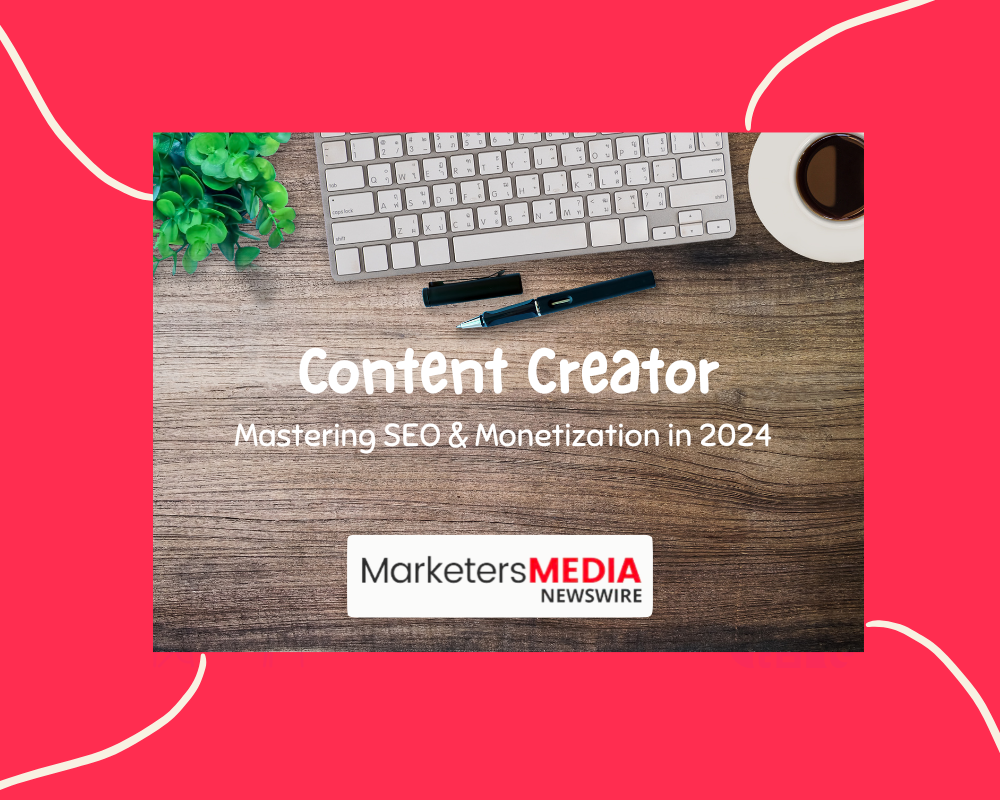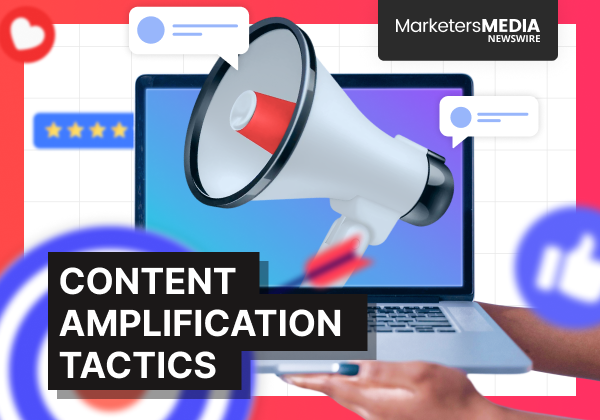Table of Content
- Content Creation
- Defining a Content Creator
- The Evolution of Content Creation
- Step-by-Step Guide to Becoming a Content Creator
- Crafting SEO-Optimized Content
- Enhancing Visibility through SEO
- Monetization Strategies for Content Creators
- Turning Content Creation into a Career
- Challenges in SEO Content Creation
- Summary
- Frequently Asked Questions
In the digital realm, standing out as a content creator with a unique perspective and multiple streams, like podcasts, is akin to finding a distinct melody in a symphony of voices and followers. It's not just about churning out material; it's crafting your unique narrative as a successful content creator that resonates with an audience amidst the cacophony of the creator economy, ensuring relevant content.
As we peel back the layers of what makes truly impactful content for our target audience, simplicity, authenticity, and a unique perspective emerge as cornerstones across various topics and mediums rather than elaborate ornamentation. This post isn't merely another how-to guide with tips—it's an illumination path for successful content creators ready to distill essence from excess in their creative project within the creator economy.
Gone are the days when quantity reigned supreme; today’s content landscape demands quality podcasts that strike and stick with brands and life topics. Let’s dive into understanding how embracing brevity, clarity, and genuine engagement can elevate you from a mere participant to a maestro among podcast content creators.
Content Creation
SEO Writing

SEO writing is crucial for content creators. It's about using keywords smartly. You need to know where to place these tips in your content, for example, as a creator. This helps search engines find and rank your great content higher, aiding successful content creators and brands.
The key for successful content creators is a balance between readability, great content, and SEO techniques for brands. Your content should flow naturally, even with keywords like example, creator, brands, and time inside it. Think of it as weaving brands into the fabric of successful content creators; they should blend seamlessly.
A successful content creator knows that quality content that resonates with brands comes from this balance. They write for people first, then search engines second. Great content answers questions or solves problems.
You can't just stuff keywords everywhere though. That would hurt more than help! Search engine crawlers are smart now—they prefer well-structured, meaningful content from creators and brands.
Here’s how you do it right:
- Use primary keywords in titles and headings.
- Sprinkle related terms throughout the text.
- Ensure your main keyword appears early on.
Remember, making great new content takes practice!
Balancing Readability with SEO Techniques
Readability keeps readers engaged with your content longer—simple words win here for creators and brands! Short sentences too; they make reading easier on the eyes and brain.
But don't forget those important SEO rules for content creators and brands while keeping things clear! Content keywords need to be there but not scream for attention.
Imagine telling a friend a story—that's how natural your content should feel, even when optimized for search engines, whether you're a creator or representing brands.
Think of these points:
- Write like you speak; use an active voice.
- Break up large blocks of text into smaller paragraphs.
If done well, content keeps readers on your page longer—a big plus in the eyes of search engines and a testament to the creator's skill!
Structuring Content for Search Engine Crawlers
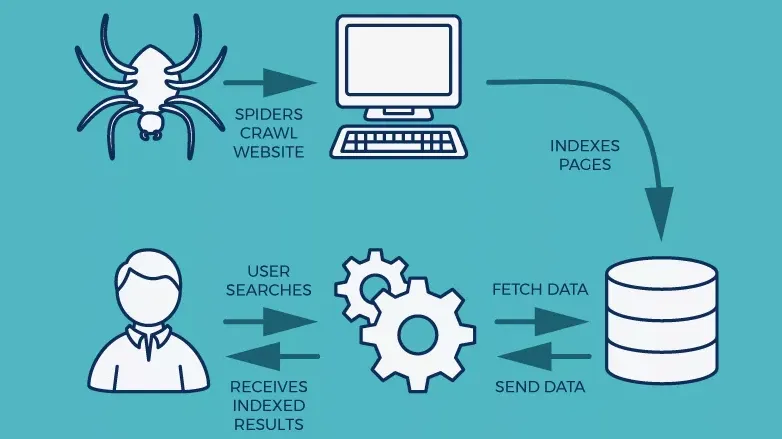
Now let’s talk structure—it matters a lot to crawlers scanning pages online. A good structure makes it easy for the content creator to understand what each section is about quickly.
Use headings (like H2s) to break up content topics within your article clearly—this helps both humans and search engine robots alike!
Don’t ignore meta descriptions either; they're like sneak peeks at what’s inside each link shown by search engines—the right words there can boost clicks and content visibility significantly for the creator!

Defining a Content Creator
Role Overview
A content creator crafts material to boost online presence. They ensure content aligns with brand goals. The aim is to engage audiences with relevant, informative content as a creator.
Creators must understand the brand's voice. This helps them produce fitting content. For example, if a brand values humor, creators might write light-hearted content in their posts.
The Evolution of Content Creation
Traditional vs SEO Content
Traditional content creation focuses on the reader's interests and needs. It often tells a story or shares content without specific considerations for online visibility. On the other hand, SEO content is crafted with a dual purpose. It aims to engage readers with content while also satisfying search engine algorithms.
In SEO content, keywords are integrated strategically throughout the article. This ensures that search engines can understand the content and rank the piece effectively. Keywords act as signposts, guiding users to relevant content when they perform searches.
The methods used to target audiences with content differ greatly between traditional and SEO-focused writing.
- Traditional writers may rely on broad demographics.
- SEO writers pinpoint specific keywords likely searched by their desired audience to create targeted content.
Moreover, in an SEO context, content and backlinks play a crucial role. They serve as endorsements from other sites, signaling content credibility to search engines. Metadata such as titles, descriptions, and content provide further optimization opportunities that aren't typically considered in traditional writing.
Impact on Digital Marketing

Optimized content has become a cornerstone of digital marketing strategies due to its ability to boost website traffic significantly:
- Articles rich in relevant keywords tend to rank higher.
- This leads more potential customers to find the site through organic searches with relevant content.
High-quality articles enhance brand credibility too:
- Well-researched pieces establish authority within a niche.
- Engaging stories build trust with readers over time.
Lastly, targeted writing contributes directly to conversion rates:
- Persuasive content calls-to-action guide readers towards making purchases or signing up for services.
Step-by-Step Guide to Becoming a Content Creator
Learning SEO Basics
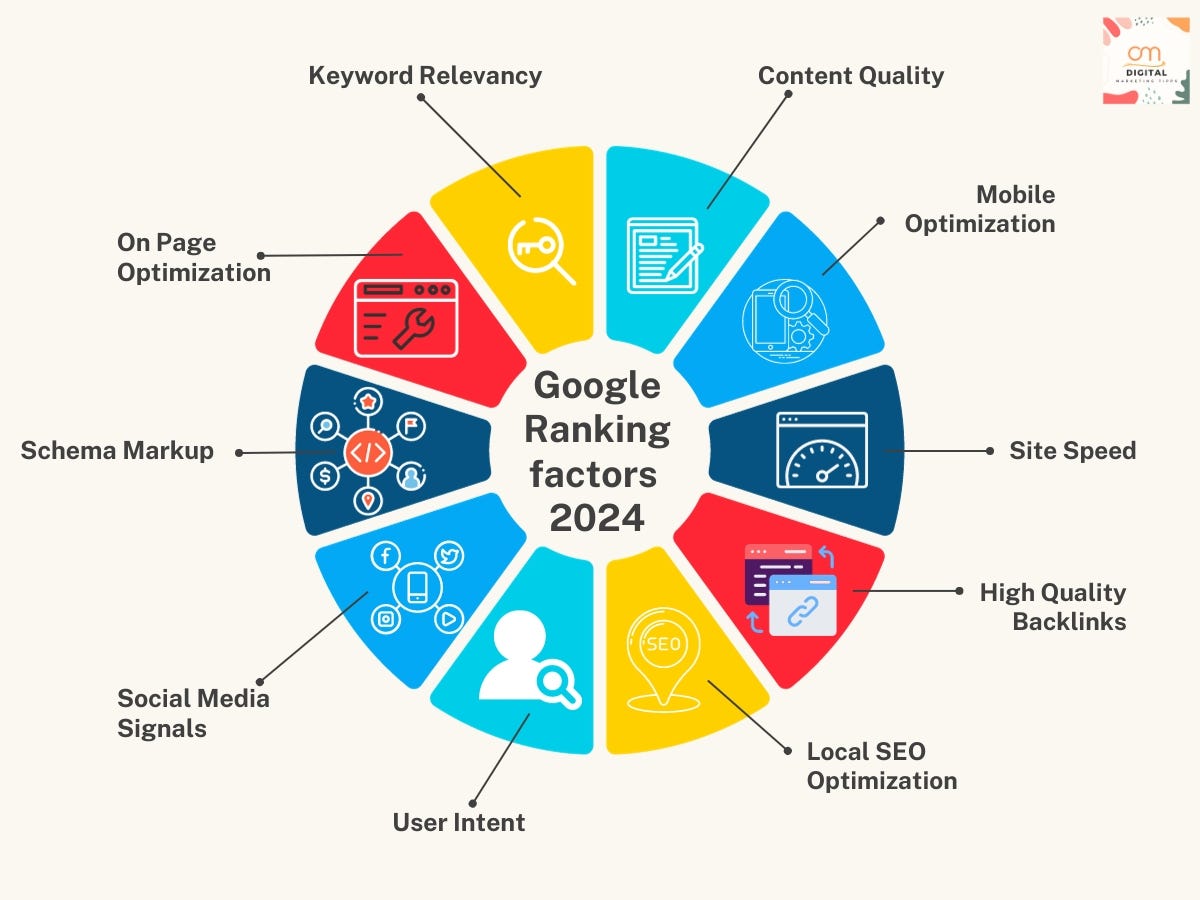
To become a successful content creator, mastering SEO is crucial. Start by learning how keywords impact search visibility. Use tools like Google Keyword Planner for this. Understand that content phrases drive much of the traffic on the web.
Familiarize yourself with Google's ranking factors next. These include site speed, mobile-friendliness, and quality content. Know that content and these factors can make or break your online presence.
It's also essential to grasp search engine algorithms' workings. They determine what content ranks higher in search results.
Building a Portfolio
A diverse portfolio showcases your skill as a content creator. Include different types of content such as blog posts, videos, and infographics.
Show successful SEO outcomes from previous projects too. Metrics like increased website traffic prove your expertise.
Highlighting industry-specific knowledge is beneficial as well. It shows potential clients you understand various markets deeply.
Content Strategy Development
Identifying your target audience is step one in content strategy development. Learn their online behaviors and preferences for better engagement.
Plan your content calendar around trending topics next. This ensures relevance and timeliness in your postings.
Set measurable goals for each piece of content you create too. These could be content views, shares, or conversions based on client needs.
Networking and Branding
Networking plays a key role in becoming known as a content creator. Engage with content from professionals on platforms like LinkedIn or Twitter regularly. This helps build relationships within the industry effectively.
Establishing a brand voice is equally important. Whether personal or business-related, content should be recognizable across all channels used. Attend events relevant to the industry whenever possible too. They are perfect opportunities for expanding professional networks further.
By following these steps diligently, you're setting up for success in the competitive field of content creation.
Crafting SEO-Optimized Content
Keyword Research

Tools and Techniques
Keyword research is vital for any content creator. It helps you find what your audience searches for. Software tools are great for discovering keywords. They track rankings too. Plugins help with on-page SEO optimization.
For example, a tool like SEMrush can reveal high-volume keywords related to your content topic. Yoast SEO is a popular plugin that guides you through optimizing each post's content.
Analytics tools measure how well your content performs. Google Analytics shows which content pages get the most traffic and engagement.
Understanding Intent
Understanding user intent behind queries is key to successful content creation. Tailor your pieces to answer questions users have directly.
Content should match the user's search intent—informational, navigational, or transactional. For instance, if someone searches "how to tie a tie," they need informational content that teaches them step-by-step.
On-Page Optimization
Employing Meta Tags Effectively

Meta tags include titles, descriptions, and content seen in search results. They must be compelling and relevant.
Using targeted keywords in content and meta tags improves visibility in search engines.
Optimizing images means smaller file sizes without losing quality.
Videos also need optimization so they load quickly.
Headings structure an article making it easier to read.
An H1 tag could be "The Ultimate Guide to Tying Ties," with content that breaks down the steps further.
Structuring Headings for Readability
Headings guide readers through the text smoothly.
They make content articles scannable so readers can jump to sections of interest easily.
A good heading structure increases content readability and enhances user experience significantly.
Creating Engaging Content
Writing Compelling Headlines
Compelling headlines boost click-through rates (CTR).
They grab attention with compelling content and promise value, enticing users to read more.
"10 Unbelievable Tie Knots That Turn Heads and Content" might draw more clicks than "Different Types of Tie Knots."
Use power words or numbers in content headlines for better CTRs.
Incorporating Multimedia Elements
Multimedia elements like images or videos make content articles more engaging.
They break up content on text-heavy pages which keeps reader interest high.
Adding infographics can explain complex topics simply.
Enhancing Visibility through SEO
Link Building Strategies

Creating high-quality content is crucial for building a network of backlinks and boosting SEO. Guest blogging with quality content on reputable sites is one effective way to do this. By identifying sites that align with your niche, you can contribute valuable content and secure a link back to your own page. This not only enhances visibility but also establishes credibility.
Creating content that others want to share naturally earns backlinks. These could be content such as infographics, insightful articles, or even tools and resources relevant to your audience. Shareable content spreads across the web, increasing the likelihood of being linked by other creators.
To further enhance link building efforts:
- Forge relationships with influencers.
- Offer them value through collaboration.
- Gain links from their platforms through content as part of the partnership.
These content strategies help in acquiring high-quality links that boost search rankings significantly.
Influence of Social Media
Data from GlobalWebIndex shows that 54% of social browsers use social media to research products. This points to the growing role of social media platforms in the consumer research and purchasing journey.
Utilizing Analytics
Understanding data refines your overall content strategy. It's about looking at metrics like bounce rate, session duration, and content to gauge user engagement. High bounce rates may indicate that your site isn't meeting visitor expectations, needs better navigation structure, or lacks engaging content.
Tracking these content indicators helps pinpoint what works and what doesn't.
- Monitor patterns over time.
- Adjust content based on insights gained from analytics tools such as Google Analytics or Adobe Analytics.
This ongoing process ensures that tactics remain effective and are tailored to how audiences interact with your content.
Staying Updated with Algorithms
Search engines constantly evolve their algorithms; staying updated is key for any successful content creator. Whenever Google or Bing announce updates, it's essential to adapt content strategies quickly to maintain visibility in search results.
You can stay informed by:
- Regularly checking official search engine blogs for announcements.
- Joining SEO forums where professionals discuss changes.
- Attending webinars focused on recent algorithm shifts.
Staying ahead of these updates allows you to tweak content and other elements of your website before they negatively impact rankings.
Monetization Strategies for Content Creators
Advertising Revenue
Optimized content draws advertisers. High-quality, SEO-enhanced content can lead to more ad placements. Content creators must understand this link. More ads mean more revenue potential.
Balancing ads with user experience is crucial. Too many can drive readers away. A good strategy involves placing ads without disrupting the flow of content.
High traffic volumes and engaging content are a bargaining chip for better ad rates. Creators with large followings have leverage in negotiations. They can command higher prices for ad space on their platforms due to quality content.
Sponsored Content
Sponsored content is a direct way to earn money as a content creator. Transparency in content is key when disclosing sponsorships, as per FTC guidelines.
Creators should maintain editorial integrity while meeting sponsor expectations.
- It builds trust with your audience.
- It helps sustain long-term relationships with sponsors.
Choosing the right sponsors requires careful consideration.
- Align them with your niche and audience interests.
- This ensures authenticity and relevance in sponsored posts.
Affiliate Marketing
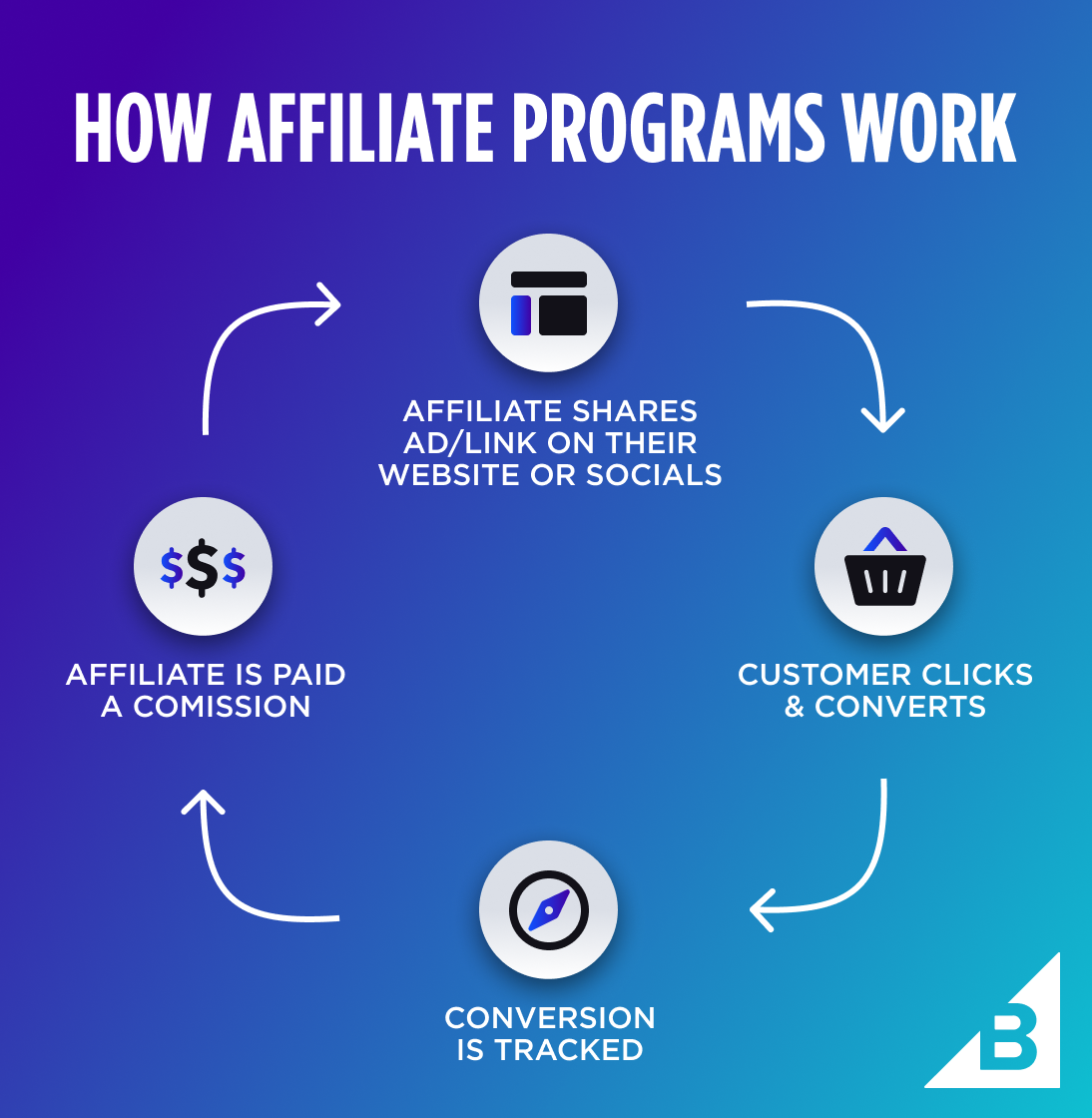
Affiliate marketing ties earnings directly to sales from recommendations made by the content creator. Selecting relevant affiliate programs is essential:
- They should resonate with your audience's needs and preferences.
Seamless integration of affiliate links into articles or videos keeps content engaging without being pushy about products or services.
Monitoring performance metrics helps maximize affiliate earnings:
- Track click-throughs and conversions regularly.
- Adjust content strategies based on these insights to improve results over time.
Turning Content Creation into a Career
Full-Time vs Freelance - Weighing job security against flexibility of freelance work
Full-time content creation offers job security. You get a steady paycheck every month. This is comforting for many people. But, it comes with less freedom to choose projects. Freelancers enjoy more flexibility in their schedules and choices. Yet, they face unpredictable income flows.
Benefits like healthcare can tip the scales toward full-time work. These are often not available to freelancers without extra cost. Income varies greatly between these paths as well. A full-time role might offer lower pay than successful freelance gigs can yield.
Growing Your Audience - Implementing social media strategies to attract followers
A strong social media presence is key for content creators today.
- Use hashtags smartly.
- Engage with your audience regularly. These practices help grow your follower base.
Cross-promotion with other creators can also boost visibility. It exposes your content to new audiences who may stick around if they like what they see. Consistency in delivering valuable content keeps readers coming back for more.
Scaling Your Business - Diversifying income streams beyond just writing
To scale your business, look beyond writing alone. Consider:
- Creating online courses
- Hosting webinars These options provide additional revenue channels.
Marketing investments expand your reach too. They put your brand and content in front of more potential fans and customers. Outsourcing tasks such as editing or graphic design frees up time for you to create more content and manage the business side effectively.
Challenges in SEO Content Creation
Overcoming Writer's Block
Writer's block can hit hard, especially when deadlines loom. Taking breaks or switching up your environment can reignite creativity. A walk outside might spark new ideas. Using prompts or mind maps helps too. They act as catalysts for fresh thoughts and angles on a topic.
Reading within your niche serves dual purposes: inspiration and knowledge expansion. For instance, a tech content creator might read the latest gadget reviews to generate topics on upcoming technologies or user guides.
Adapting to Search Trends
SEO demands awareness of changing search trends. Tools like Google Trends reveal what people are interested in right now. This insight allows content creators to stay relevant by quickly producing timely content.
For example, if "sustainable living" spikes in searches, creating articles on eco-friendly products becomes strategic. Seasonal events also dictate trend shifts; an uptick in searches for "best Christmas gifts" around November is predictable each year.
Content creators must pivot strategy accordingly:
- Monitor search patterns regularly.
- Produce related content swiftly.
- Adjust based on seasonal trends.
Balancing Quality and Quantity
The struggle between quality posts and posting frequency is real for any content creator. Thorough research ensures valuable insights but can slow down output rates. Prioritizing meaningful stories over filler material maintains reader engagement while boosting SEO rankings due to better user experience signals sent to search engines.
Streamlining the writing process aids this balance without losing depth:
- Outline key points before writing full articles.
- Use reliable sources for quick fact-checking.
- Write with clarity to avoid extensive revisions later.
Summary
Embarking on the journey of a content creator is akin to navigating a vast sea of opportunities. You've now charted the course from the genesis of content creation to transforming it into a sustainable career. Crafting SEO-optimized content is your beacon, guiding audiences to your shores, while monetization strategies are the wind in your sails, propelling you towards financial rewards. Yet, remember, choppy waters lie ahead; challenges in SEO content creation will test your mettle.
Let's cut to the chase—your voice has power, and your stories can echo across the digital landscape. Sharpen your skills, harness SEO's potential, and turn your passion into profit. Now, take the helm and steer your creative vessel forward. Ready to make waves? Dive deeper into the content creation voyage and anchor yourself as an authority in this ever-expanding universe. Start crafting; the world awaits your unique imprint.
Frequently Asked Questions
What is a content creator?
A content creator develops original material for various media, including blogs, videos, and social media posts.
How has content creation evolved?
Content creation has evolved from simple text-based articles to diverse formats like videos and interactive media, largely due to technological advancements.
Can anyone become a content creator?
Absolutely! With dedication and learning the necessary skills outlined in our step-by-step guide, anyone can embark on becoming a content creator.
Why is SEO important for my content?
SEO helps your content rank higher in search engine results, making it more visible to potential readers or viewers.
What are some ways I can monetize my online content?
You can monetize through ads, sponsored posts, affiliate marketing, selling digital products or services, and crowdfunding platforms.
Is it possible to turn content creation into a career?
Yes! Many have successfully turned their passion for creating engaging online material into full-time careers by consistently providing value to their audience.
Free Press Release Template
Tell us where to send your PDF:
